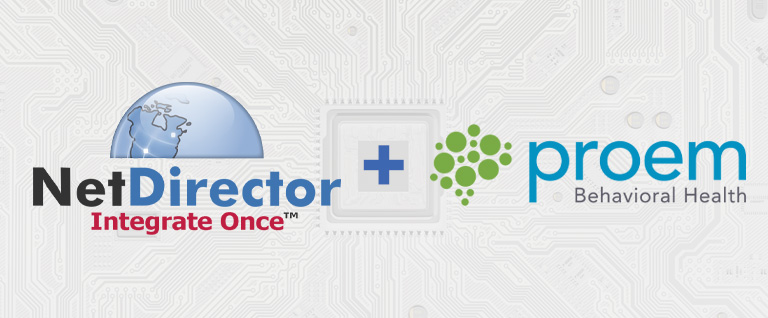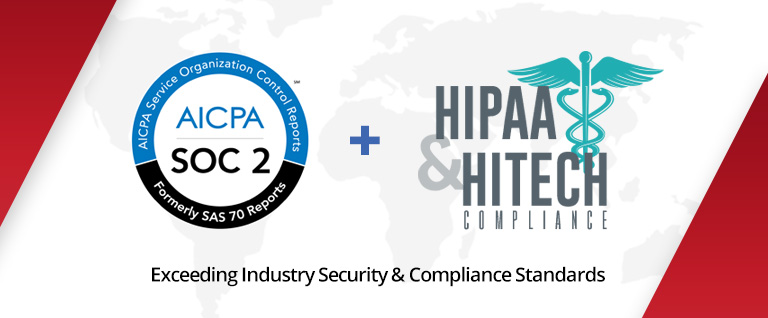A little over a year ago, a group of electronic health record (EHR) vendors and providers gathered to map out objective, transparent measures of health information exchange.
Research firm KLAS and the College of Healthcare Information Management Executives (CHIME) shortly thereafter released a joint study of more than 240 provider and 15 vendor organizations. The resulting report identified the most-needed improvements for EHR interoperability: better coordination among vendors, timely location of patient records and greatly enhanced parsing capabilities.
“The data show that there is a lot of activity around health information exchange and data sharing,” CHIME CEO Russell Branzell added. “Providers and vendors, however, agree that effective management and use of standards is critical to moving forward.” He also cited patient identification as a major barrier to creation of an interoperable health network.
Further, the report emphasized that better data flow between providers would be essential during healthcare’s transition from a fee-for-service environment to a value-based delivery model and reimbursement system.
Recent gauge on progress
At the end of August 2016, the KLAS Interoperability Measurement Advisory Team unveiled details of its framework for benchmarking and assessing interoperability performance among EHR vendors. The work focuses on clinical end users’ experience related to:
- availability of needed information;
- ease of locating records;
- ability to view outside records within the clinical workflow; and
- impact on patient care.
Roughly a month later, KLAS published its 2016 Interoperability report, which highlighted “significant immaturities” in the marketplace. Of particular note, only 6 percent of surveyed providers confirmed delivery of information accessed from exchange partners on a different EHR in an effective way to facilitate improvement in patient care.
At the front end of the process, respondents reported reasonable access — 28 percent of the time — to information on a different EHR. The ability to locate records was “automatic or simple” a mere 13 percent of the time. Receipt and location of desired information within the clinician’s workflow via integrated display or EHR tab happened just 8 percent of the time.
“We learned that challenges related to effective sharing, especially with a different EHR vendor than your own, are experienced across all facility types and across all vendors,” observed Bob Cash, vice president of provider relations at KLAS.
Nonetheless, Cash expressed optimism that vendors and providers would work through the identified challenges, with the current results serving as a baseline for tracking progress in coming years.
A forward-looking approach
While vendors and providers continue to ramp up interoperability efforts among individual systems, NetDirector has already established expertise in EHR integration, delivering data through a cloud-based exchange. And since NetDirector’s HealthData Exchange uses HL7 standards, it can enable information exchange not only with EHRs but also with practice management systems, lab information systems, health information exchanges, PACS and radiology information systems.
Hospitals and physician practices have engaged with NetDirector to reduce the time, cost and effort involved with EHR integration. What’s more, the technology streamlines clinical workflow, an essential component of ongoing interoperability initiatives across the industry.
For more information, contact NetDirector or request a free demo.




